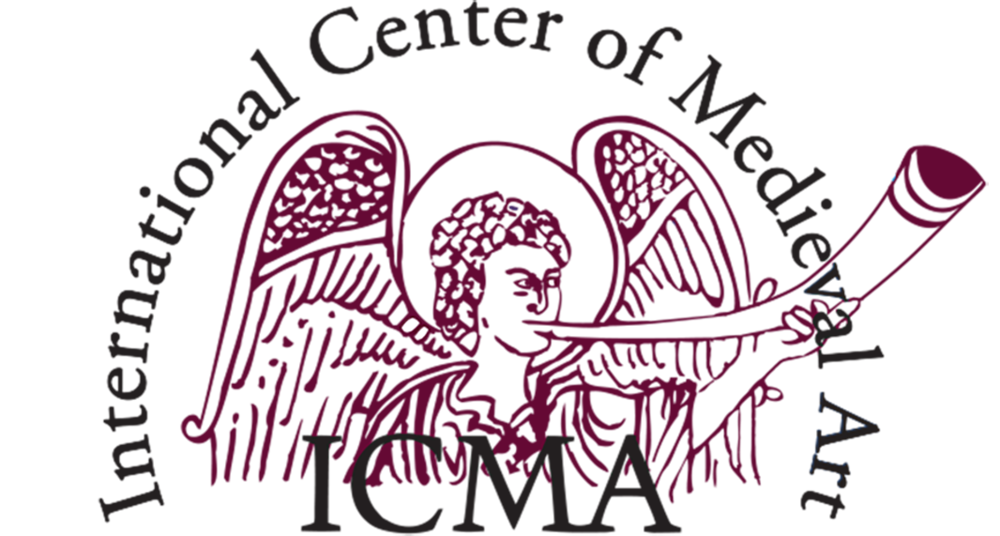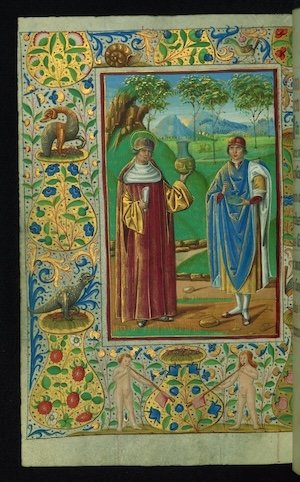This colloquium intends to stimulate the study of glass in the fields of art history and archaeology of the Islamic world by presenting ongoing research dealing with art-historical, architectural, archaeological, as well as material, technical and socio-cultural aspects.
Participation is free of charge, registration is required by 28 June 2024 at claudine.demierre@vitrocentre.ch
Conference Programme
THURSDAY, 4 JULY 2024
Romont, Hôtel de Ville, Rue du Château 112, Grande Salle (2nd floor)
9:00–16:30 Graduate Meeting
18:00–18:15 Markus Ritter (University of Vienna) and Francine Giese (Vitrocentre Romont): Opening Remarks
Keynote Lecture, Chair: Sophie Wolf (Vitrocentre Romont)
18:15–19:00 Stefano Carboni (University of Western Australia); Glass from Islamic Lands: An Overview
19:00–20:30 Apéro riche at Vitromusée Romont
FRIDAY, 5 JULY 2024
Romont, Hôtel de Ville, Rue du Château 112, Grande Salle (2nd floor)
Ernst Herzfeld Award 2023
Chair: Mattia Guidetti (Co-chair of Ernst Herzfeld Award Committee)
9:00–9:30 Edward Shawe-Taylor (Oxford University): The Art of Copying: al-Nuwayri and the Ambrosiana Kitāb al-Ḥayawān
Section I: Early Islamic Glass, Chair: Mattia Guidetti (University of Bologna)
9:30–10:00 Hagit Nol (Goethe-Universität Frankfurt): Glass Production in Ramla, 7th to 11th Century: Contexts, Finds and Agents
10:00–10:30 Matthew Gillman (Independent Scholar, Paris) Problems in Attributing Early Abbasid Glass
10:30–11:00 Carol Meyer (Polish Centre of Mediterranean Archaeology (PCMA) / Institute for the Study of Ancient Cultures: West Asia and North Africa (ISAC)): The Aqaba Publication Project: The Glass
Coffee break
Section II: Glass in Courtly Contexts, Chair: Markus Ritter (University of Vienna)
11:30–12:00 Vanessa Rose (EUR Translitterae (ENS-PSL), Paris): Glass Revetments in Samarra: Some Considerations
12:00–12:30 Víctor Rabasco García (Universidad de León): Performativity in the Courtly Architecture: The Crystal majlis of the Toledo’s Alcázar
12:30–13:00 Sahar Hosseini (University of Pittsburgh): Mirrors in Motion: From Venice to Hasht-Behesht Palace in Isfahan
Lunch at Vitromusée Romont
Section III: Cultural Interactions, Chair: Stefano Carboni (University of Western Australia)
14:30–15:00 Sing-Yan Choy (University of Vienna): Islamic World and the Dawn of Glassmaking in Late Medieval China
15:00–15:30 Tori Nuariza Sutanto and Furqon Muhammad Faiz (Sultanate Institute, Surakarta): Early Islamic Glass on the West Coast of Sumatra: A Case Study from the Archaeological Site of Bongal, Indonesia
Coffee break
16:00–16:30 Nada Kallas (Lebanese University, Beirut): L’usage de la verrerie islamique sur le territoire libanais entre le VIIe et le XIVe siècle
16:30–17:00 Farzaneh Farrokhfar (University of Neyshabur): Glass Making Industry of Neyshabur in Ghaznavid and Seljuk Period
19:00 Conference dinner (invitation required)
SATURDAY, 6 JULY 2024
Romont, Hôtel de Ville, Rue du Château 112, Grande Salle (2nd floor)
SECTION III: Glass in al-Andalus, Chair: Francine Giese (Vitrocentre Romont)
9:00–9:30 Nadine Schibille (IRAMAT-CEB, UMR7065 CNRS): The Mosaics from the Great Umayyad Mosques in Damascus and Córdoba
9:30–10:00 Almudena Velo-Gala (Universidade Nova de Lisboa): A Glass Production in the Capital of the Andalusian Caliphate: Vessels and Bottles with Drop Decoration
10:00–10:30 Ana Zamorano (University of Seville): The Glass of Madinat al-Zahra. Production and Exchange in Umayyad Cordoba
10:30–11:00 Fernando Valdés Fernández (ALAMUT): Nouvelles sur le catalogue des cristaux de roche islamiques conservés en Espagne
Coffee break
SECTION V: Coloured Light, Chair: Laura Hindelang (University of Bern)
11:30–12:00 Francine Giese, Sarah Keller, Sophie Wolf (Vitrocentre Romont), Nadine Schibille (IRAMAT-CEB, UMR7065 CNRS): Art Historical Classification and Material Characterization of Islamic Stucco Glass Windows
12:00–12:30 Mustafa Tupev (Deutsches Archäologisches Institut Kairo): Nach dem Vorbild Roms an den Ufern des Nils
12:30–13:00 Valentina Laviola (University of Naples L’Orientale): Looking Through Hodeida (Yemen): Stucco and Glass Windows from a Late-Ottoman Harbour City
Lunch at Vitromusée Romont
PARALLEL SECTIONS
Section VI: Glass in the Late Ottoman Period, Chair: Axel Langer (Museum Rietberg)
Romont, Hôtel de Ville, Rue du Château 112, Grande Salle (2nd floor)
14:30–15:00 Cassandra Furstos, Nadine Schibille, Maria Paola Pellegrino, Anne Leschallier de Lisle, Yasmin Kanhoush, Julien Charbonnier (Archaïos, Paris): Glass Exchange Networks under the Microscope: The Composite Glass Assemblages from al-ʿUlā Valley (Hejaz, Saudi Arabia)
15:00–15:30 Andrea Umberto Gritti (Campus Condorcet / EHESS): Ottoman Initiatives to Produce Filigreed Glass in the 19th Century
15:30–16:00 Sarah Tabbal (Vitrocentre Romont): Far from Imagination? Drawings and Photographs of 19th Century Stucco Glass Windows
16:00–16:30 Miriam Kühn (Museum für Islamische Kunst in Berlin): Exploring Acquisition Practices and Provenances in the Formative Period of the Museum für Islamische Kunst in Berlin: A Case Study on Sarre’s Acquisitions of Glass in Cairo between 1904 and 1914
Section VII: Ongoing research, Chair: Hagit Nol (Goethe-Universität Frankfurt)
Romont, Hôtel de Ville, Rue du Château 112, Salle bourgeoisiale (1st floor),
14:30–15:00 Bekhruz Golibovich Kurbanov (Samarqand Institute of Archaeology): Between Byzantium and Khurasan: A Case Study of a Medieval Ewer from Bukhara
15:00–15:30 Giuseppe Labisi (University of Konstanz): The Bozpar Valley Research Project: New Data and Considerations on the Late Sasanian / Early Islamic Architecture of Iran
15:30–16:00 Ana Marija Grbanovic (University of Bamberg): Colourful Mosques and Tekiyyas in Ottoman Balkans: a Uniquely Balkan Phenomenon?
Coffee break
17:00–19:00 General Assembly of Ernst Herzfeld Society
SUNDAY, 7 JULY 2024, Vitromusée Romont
10:00–11:00 Guided tour through the exhibition ‘Luminosité de l’Orient’
11:00–13:00 Visit of the exhibition ‘Regards du Sénégal. Souwèr de la collection Afric.Art’ and presentation of the technique of reverse glass painting by the Senegalese artist Azou Bade



















